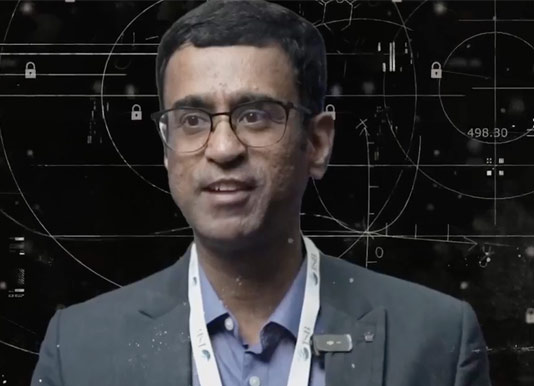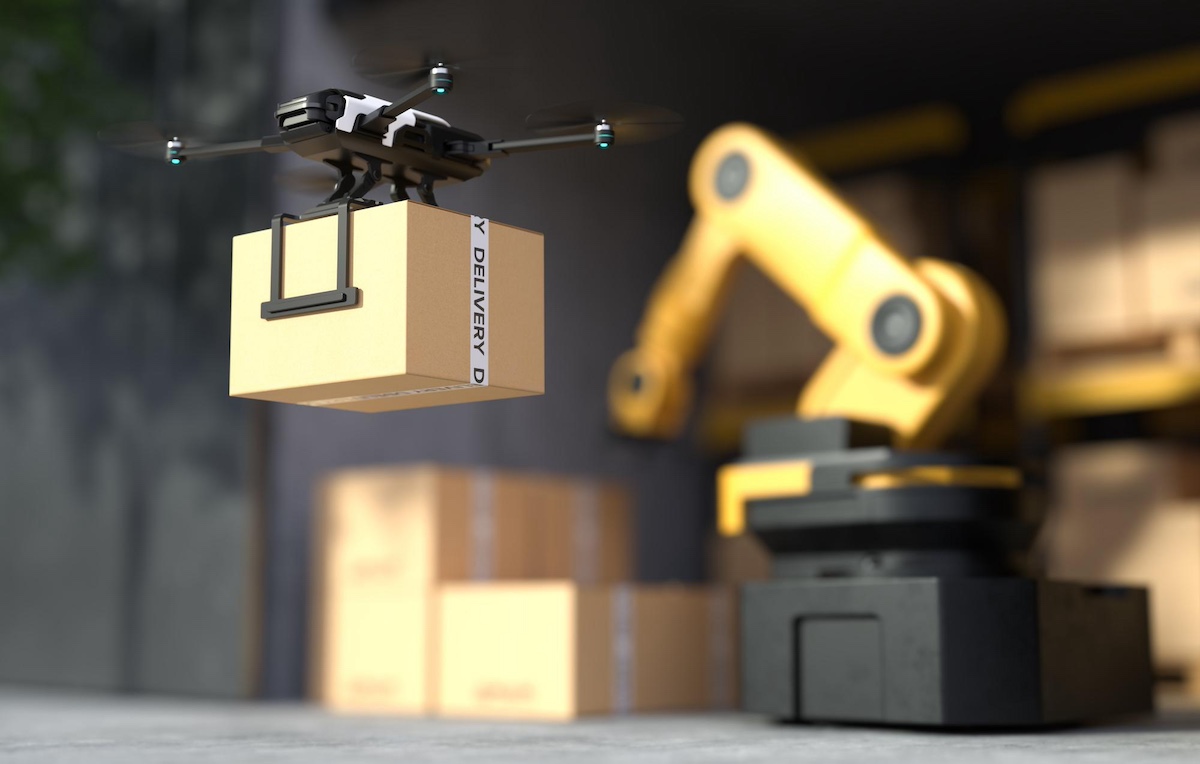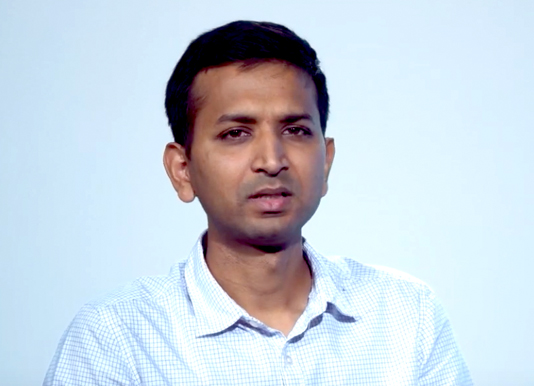What is the fascination with the Metaverse? Ever since Mark Zuckerberg announced in late 2021 the rebranding of Facebook to Meta, there has been a sudden surge of interest in the metaverse. Hailed as the next iteration of the internet, a natural extension of today’s social media, much is happening in the virtual world despite the extreme volatility that the crypto markets – one of the crucial enablers for value creation in the metaverse - have lately witnessed.
According to McKinsey, in the first 5 months of 2022 itself, $120 billion have been invested in the metaverse, more than double the $57 billion invested in 2021.
Just as steadily, marketing spends are also shifting with big names jumping in to take their brands to the metaverse. From luxury majors like Gucci and Balenciaga to mass-market brands like Nike, there is a rush to design innovative campaigns and virtual worlds that capture the world’s attention.
Much like the evolution of Web 2.0 and the creator economy, a significant share of the assets and content created in the metaverse is expected to come from creator-users, with Gen Z building and driving the momentum. For brands, it is just about getting to where their customers are. Before they get there. A second chance to gain the first mover’s advantage in the digital space.
If one were to go by the value of transactions made by individuals alone to estimate the magnitude of interest in the metaverse, the general sentiment for customer adoption is clearly optimistic. An anonymous user reportedly paid $450,000 to purchase virtual land in The Sandbox, next to Snoop Dogg’s virtual residence, Snoopverse. Even as we dismiss this as a one-off case of personal indulgence, there seems to be enough data to indicate a general wider interest. Adidas’ NFT collaboration with the Bored Ape Yacht Club garnered sales to the tune of $100 million, underlining the potential for consumer spending on digital assets in the metaverse. As per an article in the McKinsey Quarterly, the market for direct-to-avatar sales of virtual goods is already at $54 billion.
What is driving this shift in consumer behaviour? Is it the power to build an alternate reality? A world that you shape to your will and imagination. Or is it as simplistic as the chance to indulge in a little escapism, in a world that is increasingly distressing? The lure of adopting digital personas in a utopian ‘reality’.
“There are more and more ‘second worlds’ where you can express yourself,” says Gucci’s Chief Marketing Officer, Robert Triefus. “[But] there is probably an underestimation of the value being attached to individuals who want to express themselves in a virtual world with a virtual product, [through] a virtual persona.”
The metaverse of today is primarily powered by the gaming industry. Valued at $200 billion, gaming is bigger than movies and music, and 75% of these revenues come in from the sale of virtual goods. But is there a considerable and viable value-creation opportunity for marketers beyond the realm of gaming? According to the McKinsey Report, “Value Creation in the Metaverse”, the top 5 areas that consumers are excited to experience in the metaverse are social, entertainment, gaming, travel and shopping, in that order.
In today’s world of user-generated content and fragmented attention spans, creating and communicating a cohesive brand story that breaks through the clutter of ubiquitous user-generated content has become challenging. Connection and community are rapidly becoming the primary sources of gaining and sustaining competitive advantage to win conversions and brands are already exploring opportunities and experimenting in these areas to engage with customers in newer more immersive ways.
Gamified Experiences
Samsung Galaxy S22 Treasure Hunt on Zepeto
In this user-generated content event, players could design their home, host parties, play games, and attend the treasure hunt event to collect gift boxes, winning anything from a limited-edition branded jumpsuit for their avatar to the actual Samsung Galaxy S22 phone. The campaign pulled in over 4 million visitors to the virtual world in its first month, allowing customers to experience other Samsung products virtually.
Brand Activations
Christian Louboutin’s Virtual Presentation on Zepeto
The fashion presentation recreated a digital twin of the brand’s latest Paris store, to unveil their spring-summer 2021 collection. Guests of the show could use pieces from the new collection to style their avatars, click selfies with the designer’s avatar etc.
Virtual Product Launches
Balenciaga on Fortnite
The luxury brand complemented the launch of its latest collection by simultaneously releasing a digital collection in the metaverse, leading to an increase of over 40% in brand searches online subsequent to the launch.
Sponsored Events
Virtual Concerts on Fortnite
While the pandemic necessitated the adoption of virtual events, virtual concerts in games have been steadily gaining ground since. So much so that the virtual concerts on Fortnite have amassed a following of their own, attracting the biggest names on the music scene. A Travis Scott concert on Fortnite drew over 27 million attendees last April. As per McKinsey data, by 2030, it is likely that more than 50% of live events will be held in the metaverse, opening up avenues with tremendous potential to monetise, be it in sponsorships or through brand integrations.
Enhanced Client Experiences
Dior’s Atelier of Dreams with Harrods
There is immense potential to deepen customer engagement through enhanced customer experiences, both in the physical and digital worlds. From creating immersive retail experiences to designing virtual spaces that expand the scope of customer interaction beyond geographies, the possibilities are limitless. Be that in how some brands are customising the in-store experience with extended reality surroundings to match the outfit or how Dior created a fantastical virtual world with shoppable products in collaboration with Harrods.
Community Building
Coca-Cola Bubble Jacket on Decentraland
For their Friendship Day campaign last year, Coca-Cola created a set of digital assets that it auctioned over a period of three days, giving the proceeds to charity. By tapping into people’s need for self-expression and association they not only built a community of brand loyalists but also their brand identity around a social cause.
Loyalty Programmes
Clinique NFT Collectibles
NFTs are the new loyalty tokens. While high-end brands are ‘token-gating’ to build on their exclusivity, others are giving them away on purchases, to reward their customers. As these tokens are fundamentally unique, they carry with them social value and if they also happen to be rare, they can even bring monetary value. Giving brands the opportunity to design distinctive loyalty programmes that can serve to improve customer lifetime value. Last year Clinique ran a contest to win NFT collectibles of fan-favourite out-of-stock products but limited the access only to those who had enrolled in their loyalty programme, seamlessly driving enrolments while building engagement.
As use cases develop beyond customer and employee engagement into impact areas like telemedicine and virtual classrooms, there will be more commercially viable value creation opportunities which will further drive adoption, eventually blurring the lines between the physical and virtual worlds, seamlessly integrating mixed reality experiences into daily lives.
According to McKinsey, by 2030, the average internet user will be spending up to six hours a day in the metaverse and the value generation potential therein will be $5 trillion.
This of course is contingent upon many preconditions like cross-platform interoperability, the form factor and usability of the devices, robust networks, computing and graphic engines that can power virtual worlds on a global scale, including the systems and policies in place to effectively address security concerns over identity and privacy, for the metaverse to find mass adoption outside of gaming and become an open and persistent virtual world, that complements reality, as envisioned.













